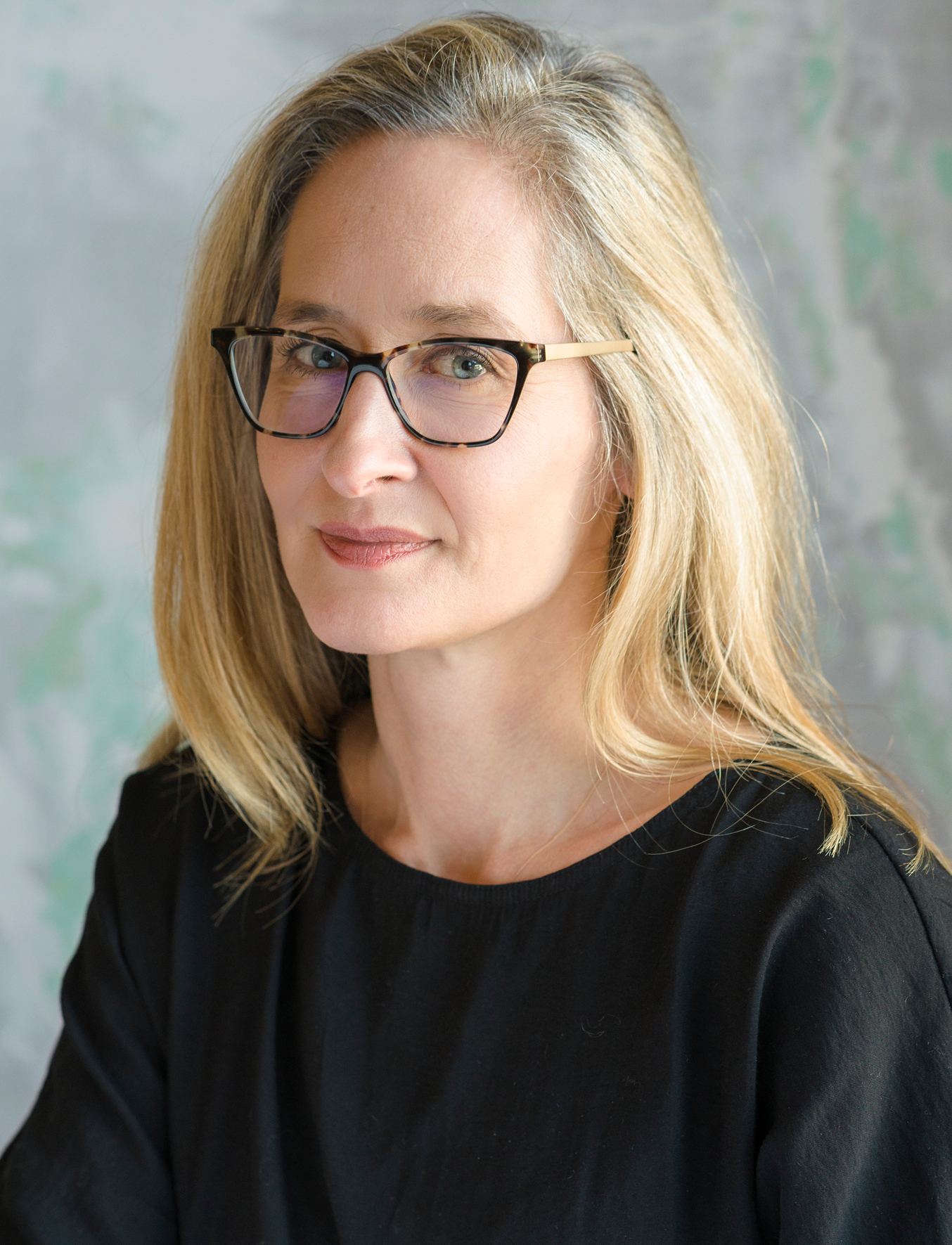- close
-
-
Collectionsarrow_drop_down
- All Collections
- Defined Momentum
- Kasuri
- Akari Weaves
- Indoor | Outdoor Weaves II
- Sgraffito II
- Purity Edit
- Plain: Ario
- Plain: Allegra
- Plain: Mineral
- Harlequin x Henry Holland
- Idyllic
- Indoor | Outdoor
- Plain: Performance Velvet
- Reflect Collections
- Plain: Performance Bouclé
- Sheers 1
- Harlequin x Sophie Robinson
-
Collectionsarrow_drop_down

Embracing colour
Liberating and unpretentious, the designers behind 2LG Studio tell design journalist Bethan Ryder why they love colour and pattern
It’s hard not to smile looking at interiors conceived by 2LG Studio, aka the 2 Lovely Gays. As their name suggests, this south-east London based husband-and-husband duo, Russell Whitehead and Jordan Cluroe, exude warmth and conviviality, both in person and practice. Charismatic and stylish, with complementary wardrobes (relaxed Acne, Paul Smith or Dries van Noten, rather than the stiff dark twin pinstripes of Gilbert & George), the pair started out as actors, treading the boards of the West End stage. Until 2013 when they decided to bring the drama home, evolving their screenprinting and textiles into a multidisciplinary interior design business.
Whether a private home, a scallop-edged pastel rug, an Ercol Loveseat sprayed rainbow hues, or a range of shapely Savernake knives and chopping boards, 2LG projects embody a liberating and unpretentious design ethos. Their book, Making Living Lovely, is an accessible manifesto for homeowners, encouraging self-confidence and freedom of expression, promoting a spirited ‘anything goes if you love it’ attitude. Like many of their contemporaries – Morag Myerscough, Yinka Ilori, Camilla Walala and Adam Nathaniel-Furman (who self-dubbed them all the ‘New London Fabulous’ movement), 2LG shares an appreciation for the Memphis Group (“as children of the 80s it was part of the visual fabric of our childhood,” says Cluroe) and it’s this bold and jubilant application of colour that sparks joy.
“Colour is something to embrace,” says Whitehead, adding that their daring spectrum is intrinsic to their identity. “We enjoy playing with combinations, if we find a colour challenging it encourages us to use it. Our queerness has impacted this, not accepting boundaries and our desire to live proud. We hope we can move towards a more joyful narrative around design and living with colour, so we don’t promote fear around it.”
Rather than blandly layering natural tone on tone, or injecting colour simply via textiles, 2LG introduces colour to an interior in a graphic, structural way, attaching colours to function and defining space through block colour and geometric shapes. Inspiration is organic, “when bringing palettes together we use anything we like; a magazine cover, a movie, a flower in our garden, a textile.” This is then translated into the final scheme using a mix of Pantone and paint decks, allowing for bespoke mixes to match a specific item or tone, when necessary.
“We have a quick colour response to most spaces we enter and people that we meet,” explains Whitehead of this instinctive approach, ”the base notes are there from the very beginning and then we hone that palette.” Some of the period properties they have refurbished, such as the Arts & Crafts Tilford Road display a gentler, muted heritage palette, whereas new-build or warehouse projects are defined by bolder tones. Yves Klein blue is a recurring accent, appearing in upholstery details in various projects, or as a surprising interior of a wardrobe-cum-workstation in their own home. “It’s energy makes us feel very happy. It’s deeply pigmented and that has its own magic,” says Cluroe.
Rule-refuseniks who espouse free-rein creativity, 2LG’s book does however proffer a simple framework for those daunted by embarking upon an interiors project. Their advice? Select three top-line colours, materials, functions and feelings to help kick off and ultimately unify your scheme. Choose colours that “make your heart sing” and ask who, where and what the room is for to help determine this palette.
Remember too, conflict creates drama, on stage or off. The emotive power of 2LG’s vision lies in contrast – a bathroom that juxtaposes rose pink with that Klein blue, soft jade upholstery cocooned by terracotta pink walls, or a solid burst of one exuberant shade, such as the malachite green kitchen wall complete with matching cabinets in their kitchen-diner. “Drama is important. Joy is important. Moments of surprise are important. We think about travelling through a space and sometimes use contrast to create surprise, change the mood, or lift spirits,” explains Whitehead. “Turning a corner to reveal a contrasting moment can keep a space alive. We think of it as a disruption. Any story benefits from tension and conflict to punctuate it and keep it driving forward. We often deal in brightness, but light needs the dark to really sing.” Spoken like true creatives, they may have stepped out of the limelight, but they’re still stealing the show.
posted on 28 Jun 2021 by Bethan Ryder





